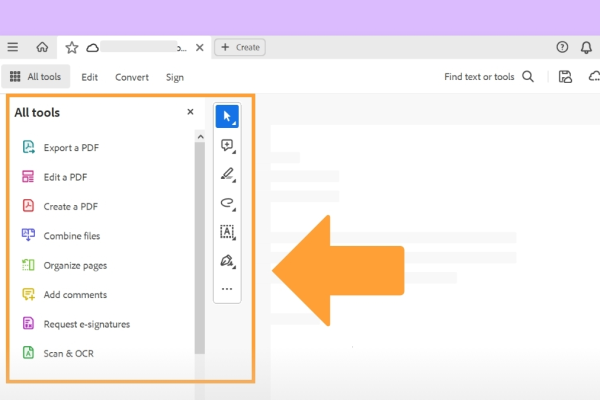Teaching is a profession that can be rewarding and extremely challenging at the same time. Ask any teacher what it is like being one, and they will tell you that it can be very difficult at times. However, shaping young minds to be future scholars, politicians, and leaders is completely worth it. Shaping their lives to be upstanding citizens and exceptional human beings is worth the occasional breakdown to Enhance Student Engagement.
That said, many teachers have asked the question, “how do I engage my students in the learning process? How do I create a fun learning environment?” What usually ends up happening is that we reach for anything to grab, be it random videos or complex activities, to engage our students. That is not always the best approach because things or props do not engage students. They are engaged by the person in charge. So, if you have asked this question in the past or are thinking of becoming a teacher yourself, here are 11 proven ways to enhance student engagement!
- Be Firm But Friendly- Enhance Student Engagement
Rapport building is an essential part of any lasting relationship. It builds trust and loyalty. However, you can’t have either without being friendly and approachable. That means knowing your students better, what they like and don’t like, their activities, and interests. On the other hand, your students should also know who you are as a person. This will have your students looking forward to your lectures every time you enter the classroom.
- Start Your Lessons With A Fun Tidbit Or A Hook- Enhance Student Engagement
There are plenty of online programs, such as the C&I master’s program, which offer complete guidance on classroom decorum. One thing they all teach is that starting your lessons with a captivating introductory hook increases student engagement by more than 60%. This could be a question relevant to the topic that inspires curiosity, a fun fact, or a factual story that transitions seamlessly into the day’s lesson. Some examples include:
- A small challenge.
- A short animated video.
- A historical brainteaser.
- A personal anecdote that is relevant to the topic.
- Videos and other multimedia for visual learners.
- Bring Out Their Competitive Side
Every student has that competitive streak that a good teacher can utilize as a way to pique their interest. A good way to do this is by fostering friendly competition amongst your students. Experienced teachers routinely use in-class quizzes, hangman, and/or jeopardy as part of their lesson plans. This makes sure that the students are invested and pay attention to what they are learning. Remember, winning is not the ultimate goal, but learning is!
- Mix Things Up
Some teachers lose their students by being too predictable. There is nothing wrong with being predictable, but you should occasionally mix things up a bit as a teacher. This could mean a different lecture mode or a different delivery method. Good teachers talk with their more experienced colleagues to know their methods and incorporate them into their own. Doing so has proven to be a recipe for success.
- Ask Questions that Foster Debates and Discussions
Ask your students thoughtful questions that raise their curiosity and foster discussions on the topic. Your questions should be open-ended, with the occasional yes/no medium thrown in for good measure. Make sure that your questions change their complexities according to each student so as not to make anyone feel inferior. (Alprazolam) This lets your students know that you truly care about their thought processes and aren’t just phishing for correct answers.
- Promote Discovery and Curiosity
Sometimes, the best thing you can do for your students is to remain in the periphery and act as a guide. Students will learn to exercise their critical thinking and problem-solving capabilities by engaging with the content directly amongst themselves. This does not mean that you should sit behind your desk quietly. Walk amongst them, ask if they have any questions or ideas, and help them if and when they need it.
- Include A Little Physical Activity
Having your students move around a bit is a great way to get rid of their sluggishness. This is especially true for lectures and classes that are more than an hour. All that pent-up energy can be redirected positively by having them stand up and walk around. As an example, experienced teachers often use “Take a Stand” (if you agree with X, move towards the right, for Y, move towards the left) to get their students to be more active.
- When in Doubt, Do Group Work
Collaboration and group work give students something different than their routine and act as a welcome respite. It increases teamwork and gives them the understanding of a proper debate. The difference in opinions will also benefit their critical thinking skills while improving their verbal and communication skills. Utilize group work in your lectures to make them more productive.
- Reduce “Dead Time”
“Dead time” is any small window that allows students to tune out completely between lectures and bookwork. You can minimize dead time by including small activities that require follow-up to hold their attention while checking for information retention. Some examples include:
- Ask your students to get in pairs, organize what they learned, and share it with the rest of the class.
- Ask your students to come up with questions/points that they felt were important.
- Before diving into a new chapter, ask your students to list everything they know about the subject they are going to learn.
- Lecture Gamification
Games are a sure-shot way of engaging your students while providing a fun learning environment. Teachers use many different types of games to accomplish their goals. Some examples are “Hangman” and “Jeopardy.” You can also utilize online gaming platforms as part of your teaching curriculum and act as a subsidiary to book-learning and note gathering. Games are fun, and they get your students engaged like nothing else.
Successful teachers have multiple strategies that they include in their curriculum to keep their students engaged. Some of those techniques were discussed here as a way to supplement your teaching methods. That said, this is not an exhaustive list of ways to keep your students’ attention and hungry to learn more, so go ahead and start experimenting!





